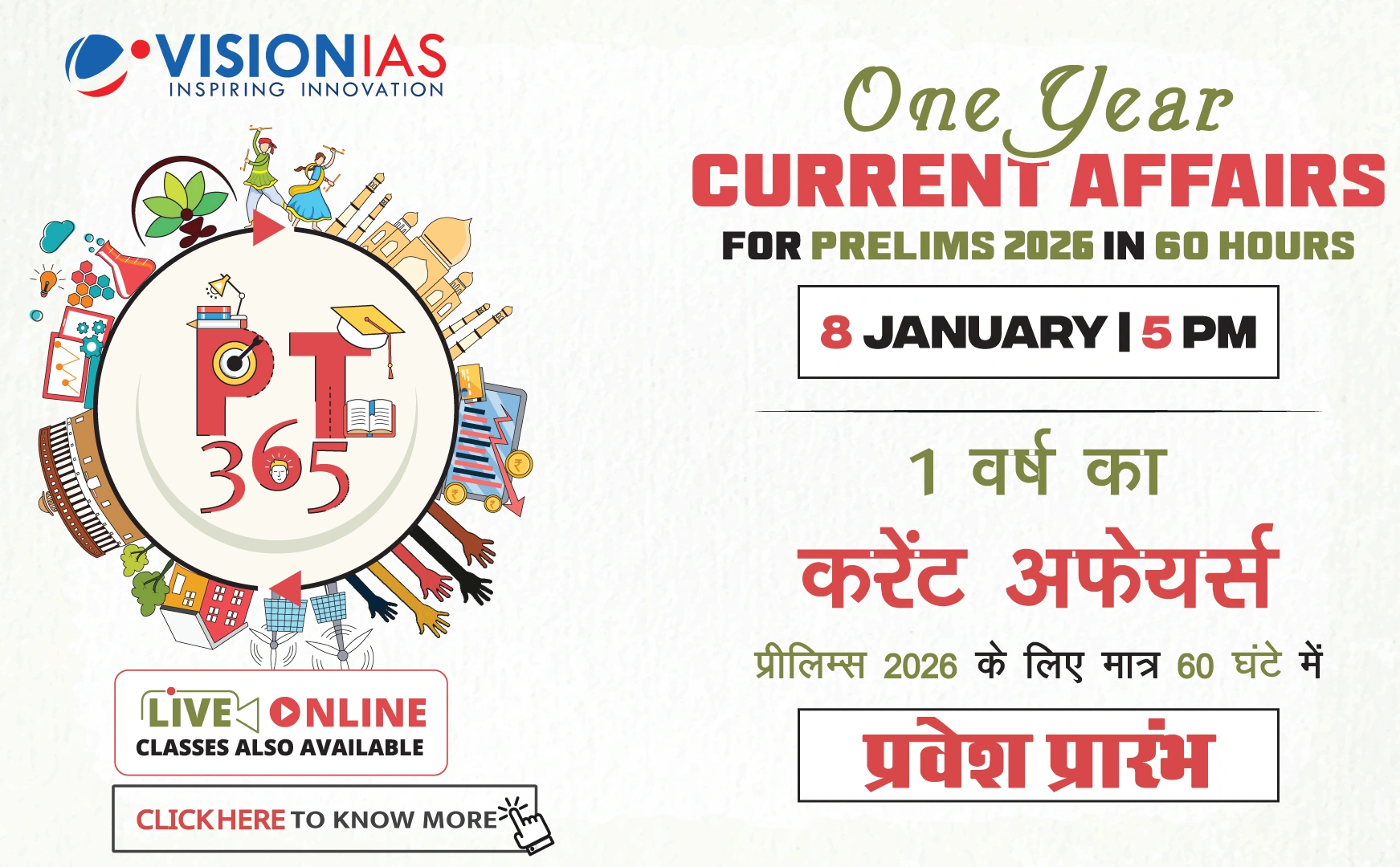Overview of Poverty Estimates in India
The National Statistics Office's survey of household consumption expenditure for 2023-24, published in January 2025, has sparked significant interest in poverty estimates in India. Notably, reports from SBI and the World Bank have drawn attention with their findings.
Key Poverty Estimates
- SBI's report indicates a remarkable decline in rural poverty at 4.86% and urban poverty at 4.09% for FY24.
- The World Bank offers a more optimistic view, pegging "extreme poverty" at 2.8% for rural India and 1.1% for urban India in 2022-23.
These estimates suggest a near eradication of poverty, leading to varied interpretations among government supporters, critics, and neutral observers.
Critiques and Methodology Concerns
- Critics highlight the non-comparability of the latest consumption data with previous figures due to methodological changes.
- There is debate on whether these estimates adequately reflect the standard of living in India and the poverty measurement methods used.
Poverty Measurement Approaches
Traditionally, India measures poverty through a calorie-based approach, determining necessary consumption expenditure for minimum calorie intake.
Alternative Approach: The Thali Index
- Proposed as a culturally relevant metric, the thali includes carbohydrates, protein, and vitamins.
- The cost of a vegetarian thali is estimated at Rs 30, based on Crisil's data from across India.
Findings on Food Deprivation
- In 2023-24, 40% of the rural population and 10% of the urban population could not afford two thalis a day.
- This indicates higher levels of food deprivation compared to poverty estimates from SBI and the World Bank.
Implications for Subsidy Policy
The discussion on the effectiveness and necessity of subsidies is ongoing, especially in light of recent poverty estimates.
Recommendation
- Rather than eliminating food subsidies, there is a need to rationalize them by targeting lower-income groups more effectively.
- Currently, the per capita subsidy at the 70th percentile is similar to that at the fifth, suggesting inefficiency in distribution.
The analysis proposes a restructuring of subsidies, enhancing support for those who need it most while reducing coverage for those who can afford adequate consumption without assistance.



